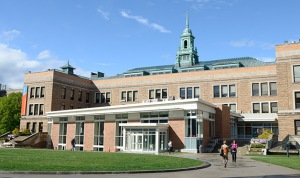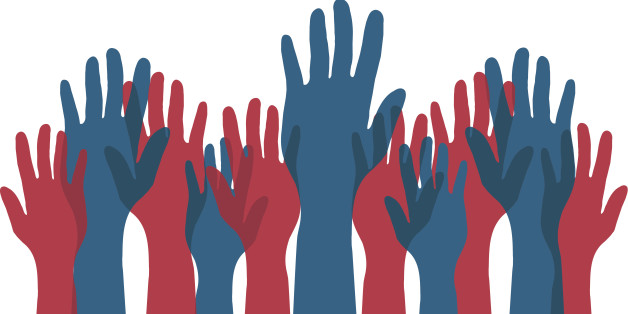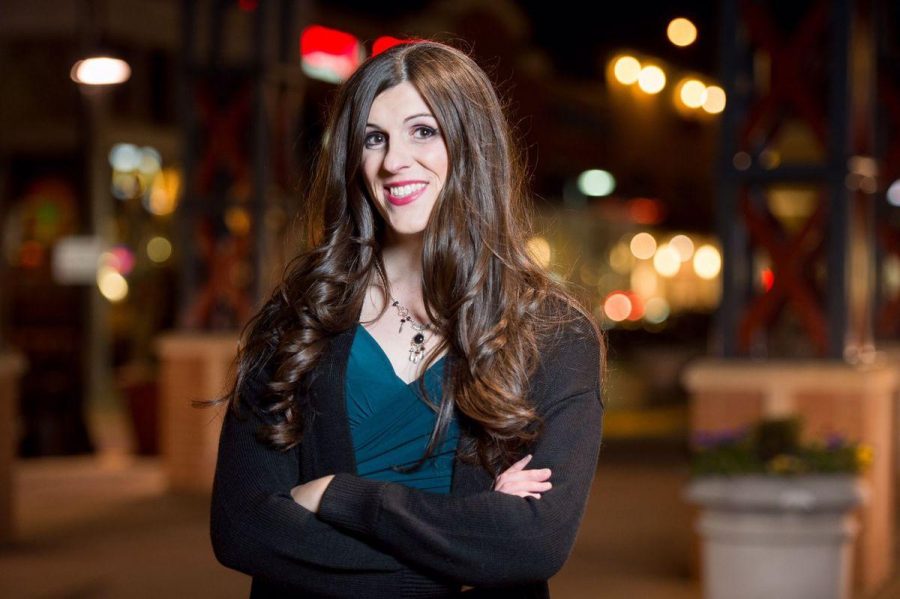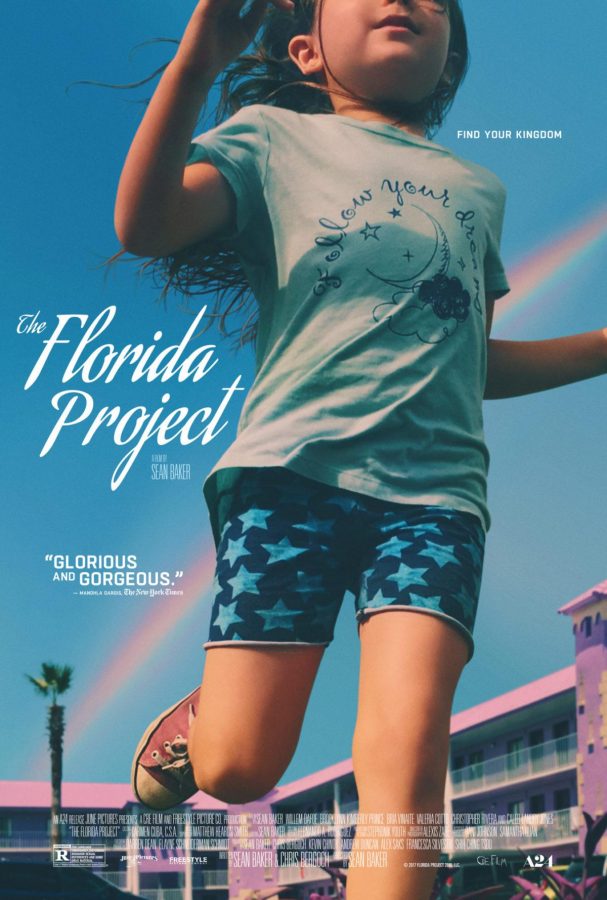By Hannah Green and Janelle Anderson
Contributing Writers
This year Simmons welcomed an incoming class with a four percent increase in African, Latina, Asian, and Native American (ALANA) students.
“We have been increasing [ALANA numbers] every year [for the past two years], and this has been a focus for us not only as a department, but institutionally,” said Ellen Johnson, director of Simmons’ admissions department.
This institutional focus was encouraged by the recent proposal of the Ten Demands, a list of actions coauthored by student affinity groups to create a more inclusive campus culture.
One of the demands called for an overhaul of Simmons’ multicultural recruitment practices, including an honest portrayal of diversity on campus during the Multicultural Overnight Student Travel Program (MOST). MOST was created by the admissions department in 2010 to give accepted multicultural students an idea of the Simmons community while staying with a current student.
However, former MOST attendees who enrolled at Simmons said the experience was misleading.
“At that time it was more of, ‘You’re not going to be the only multicultural person coming to Simmons.’ But, we really didn’t have a social opportunity to discuss diversity,” said Raica Mirza, a current Simmons student who attended MOST in 2015.
Concerns like these, summarized in the Ten Demands, prompted admissions to add a multicultural student and alumnae panel for prospective students and their families. First-year Amanda Matos said the panel, composed of affinity group leaders from organizations like the Black Student Organization (BSO) and Organización Latino América (OLA), discussed what their culture meant to them, how to get involved, and how to start your own group on campus.
Admissions also reached out specifically to student affinity groups in search of hosts of color for the 2016 MOST program, as this was a problem in previous years.
Simran Gupta, a junior, attended MOST in 2014 and did not have a host of color. “We connected in the fact that we agreed there was a lack of diversity on campus,” said Gupta, “we didn’t really talk about diversity that much.” Instead they discussed their academic interests.
Although more members of affinity groups hosted MOST students this year, many agreed there is still room for improvement.
First-year student Vanessa Burns attended MOST and was dissatisfied with the experience. Like Gupta, her host was not a person of color.
“She was white, which is fine, but she was a part of crew and was not able to be with us for most of the program,” said Burns, “She gave us guidance, but did not give us much to talk about in regards of race.”
Jordan Jackson, president of the BSO, said students at Simmons are participating in MOST, but the number of available hosts of color are lacking. “In order to attract a critical mass of students of color to Simmons, you need programs like MOST–however, when you don’t already have that critical mass, you run into this issue,” said Jackson. Currently Simmons’ ALANA student population is 26 percent of the student body.
Both on-campus and off, admissions is focusing more energy and resources on multicultural student recruitment. To further increase the ALANA population at Simmons, admissions hopes to continue improving MOST operations as well as reach out to more based organizations around the country.
Just this year, Simmons established new connections with the New York City-based program Venture Scholars and the national organization A Better Chance. These partnerships build upon Simmons’ established relationships with the National Hispanic Institute and Chicago Scholars.
These organizations are dedicated to giving representation to minorities in education. As a member institution to these programs, Simmons appoints an admissions counselor who visits the organizations’ sites, meets with students, and gives advice about scholarship opportunities and other resources during each student’s application process.
As the diversity among high school applicants improves, incoming first-year classes can also continue to grow in diversity. Efforts by admissions and the current student body are making small changes towards the larger goal of creating an inclusive student body.












